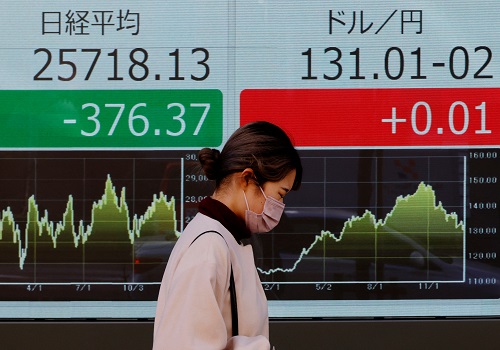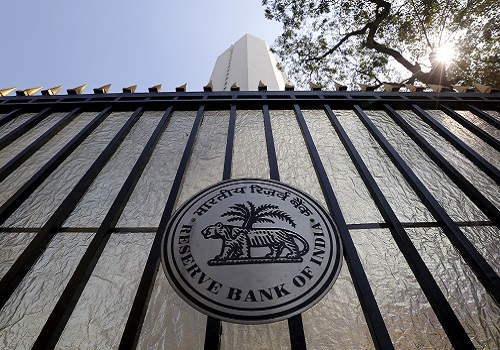Diversified financials : AMCs & RTAs - In beta mode by Kotak Institutional Equities

AMCs and RTAs: In beta mode
We upgrade the earnings of AMCs/RTAs, given the recent returns/flows. In our view, the fund performance-led re-rating of HDFC (retain REDUCE) and Nippon (downgrade to REDUCE) has likely run its course, even as earnings momentum could continue and is built into our assumptions. ABSL (retain ADD) and UTI (retain REDUCE) trade at a material discount (~40%) to HDFC and Nippon but are yet to show a meaningful turnaround in fund performance. We like CAMS and Kfin (both REDUCE) for their stable, predictable RTA operations and fastgrowing non-MF emerging businesses, but find their valuations full.
AMCs: Lack of meaningful mispricing limits ideas
We incorporate recent market performance and net flow trends and refresh earnings for FY2025-27E. Across AMCs, we see earnings upgrades by up 3-8% over FY2025-27E. We expect stronger equity AUM and earnings growth for HDFC AMC and Nippon, given the superior fund performance tailwinds. Both have built a strong SIP book and are led by a range of well-performing funds, which we build into our AUM growth assumptions (Exhibit 2). However, valuations reflect this, with HDFC/Nippon trading at a 50-60% premium to the broader markets and ABSL/UTI (Exhibit 3-5). For ABSL/UTI, performance revival in mainstream fund categories still remains the key monitorable for a stronger investment case. Between the two, we prefer ABSL due to its comparatively better performance trends and higher SIP contribution.
Fund flow trends: More of the same
June flows for a sample set indicate strong flow momentum, led by gains in the first week. Barring one month of impact (Mar-2024), flows continue to be strong in small/mid-cap and sectoral/thematic funds, whereas large-cap remains relatively subdued (Exhibit 9-10). There is likely to be heightened performance chasing in select categories/funds, given the strong retail willingness to invest. However, the history of previous winners suggests that performance reversal is equally vicious (Exhibit 8). Hence, even as the overall industry remains in a good position to attract household savings, leaders and laggards keep changing. Across the listed AMCs for the sample of five categories we track, there remains a wide gap between HDFC (led by balanced and flexi) and Nippon (led by large and flexi cap), garnering much stronger flows compared to ABSL and UTI (Exhibit 11-12).
RTAs: Well-positioned given MF tailwinds and new growth drivers
RTAs are a direct play on the MF industry, along with different revenue diversification approaches for CAMS and Kfin. Compared with AMCs, RTAs offer stronger operating leverage but come with elevated fee pressure, given the revenue concentration from large clients. In the medium term, non-MF businesses can offer growth optionalities, which we believe are partly priced in. We retain REDUCE on both given full valuations, valuing both companies at ~35X June 2026 earnings with ~20% earnings growth over FY2025-27E.
AMCs: Lack of attractive investment ideas; downgrade Nippon to REDUCE
* Forward valuations of AMCs indicate strong rerating for companies delivering stronger core earnings growth, ultimately boiling down to growth outperformance, led by stronger fund performance. Despite stronger markets benefitting AUM growth for all AMCs, markets do not reward this in terms of earnings multiples, in our view.
* We like the earnings quality and growth potential of AMCs & RTAs in general, but current entry valuations require higher dependence on supportive markets/flows. Fund performance-backed ideas (HDFC/Nippon) delivered strong returns in the past 12 months, whereas players with weaker performance (ABSL/UTI) have seen relatively weaker returns.
* AMCs trade at a 40-50% premium to broader markets. While AMCs enjoy attractive traits such as strong cash conversion, high degree of predictability and growth runway, P&L of AMCs are exposed to occasional market drawdowns with the expense flexibility to offset the impact and hence premium of broader markets offers a useful check on the valuations.
* Following the strong re-rating in the past 12 months, we have revised the stance to a more neutral view on both HDFC (moved to REDUCE previous quarter) and Nippon (downgrade to REDUCE with this note). While superior fund performance for both will continue to drive stronger flow share, we assume 3Y equity AUM CAGR of ~20% for HDFC/Nippon compared to 15/13% for ABSL/UTI. While both ABSL and UTI have relatively reasonable valuations, we prefer ABSL (retain ADD), given relatively better fund performance and stronger SIP contribution to flows and AUM.
RTAs: Good businesses at full valuations
* CAMS (~70%) and Kfin (~100%) have delivered strong returns in the past year, led by: (1) strong growth in overall (~35% yoy) and equity (~55% yoy) MF AUM; (2) growth tailwinds in non-MF businesses such as alternatives, issuer solutions and KYC registration; and (3) operating leverage driving margin improvement and earnings growth. While the stocks have done well, the core characteristics of the industry remain unchanged, i.e., a duopoly industry with large entry barriers, along with high operational risks involved in switching vendors.
* These benefits are outweighed by high revenue concentration, leading to pricing power being skewed toward AMCs. In the mid- to long-term, there is also uncertainty around how higher the share of direct investing, along with passives, will influence the dependence on transfer agents. We see revenue and client diversification as the only way to build scale and strengthen the business model against secular yield pressure facing the asset management industry (sensitivity: 6-8% revenue decline on 10% higher yield compression).
Above views are of the author and not of the website kindly read disclaimer




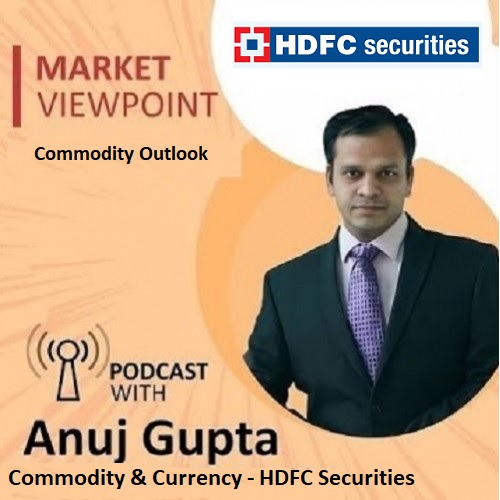




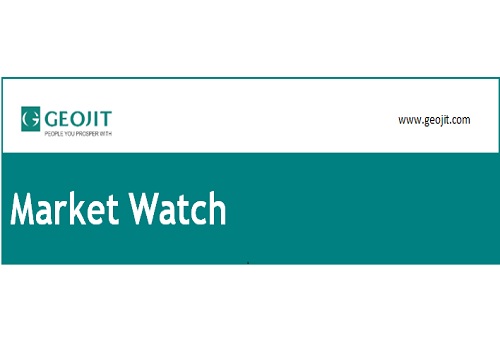
More News
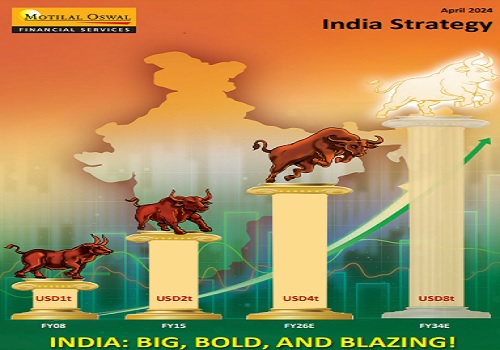
India Strategy : A broad-based beat By Motilal Oswal Financial Services







